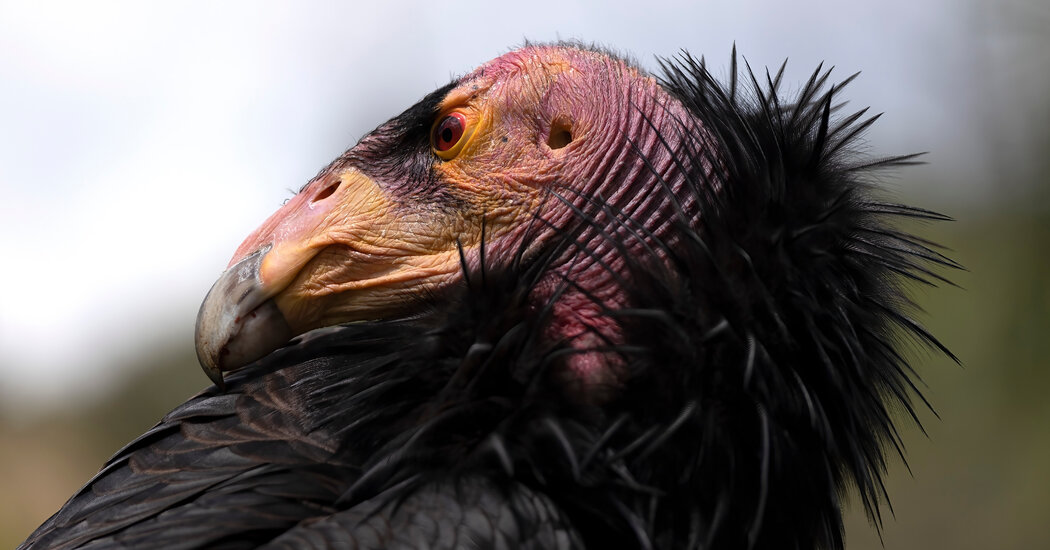The News
Federal officials have granted emergency approval to a bird flu vaccine for use in California condors, an agency of the U.S. Department of Agriculture announced on Tuesday.
The move comes after more than a dozen of the birds, which are critically endangered, recently died from the virus, known as H5N1. Worldwide, there are fewer than 600 California condors, which can have wingspans of nearly 10 feet. The emergency approval is “an attempt to prevent additional deaths of these birds,” said the agency, the Animal and Plant Health Inspection Service.
It is not yet clear when California condors will begin getting vaccinated, but the endeavor will start with captive birds, said Dr. Carlos Sanchez, the head veterinarian at the Oregon Zoo, which has a condor breeding program and plans to vaccinate some of its birds. The condors will be closely monitored to make sure that the vaccine is safe and effective. “But as you can imagine, all this needs to happen fast so we don’t lose more birds,” he said.
Why It Matters: Condors are at high risk.
The virus was first detected in a California condor found dead in late March. Since then, 20 more condors have died and four additional condors are currently in rehabilitation facilities, according to the federal agency. The virus has been confirmed in 15 of those birds.
Condors appear to be “highly susceptible” to the virus, Dr. Sanchez said. “Once they get it,” he said, “they tend to have high mortality.”
California condor populations dropped precipitously during the 20th century; in the 1980s, fewer than 30 birds were left. In the decades since, captive breeding programs have helped the population recover. If the virus gets into more condor populations, it could erase this progress, Dr. Sanchez said: “We’re talking about a potential catastrophic collapse of the conservation project.”
Background: A new version of an old threat.
The H5N1 virus was first detected in China in 1996. Since then, various versions of the virus have circulated in wild birds and caused repeated outbreaks in poultry. A new version of the virus arrived in North America in late 2021. Since then, it has spread rapidly throughout the United States, causing the largest bird flu outbreak in the nation’s history and resulting in the death of almost 60 million farmed birds.
It has also taken a far heavier toll on wild birds than previous outbreaks. It has been detected in more than 6,700 wild birds — a figure that is surely an underestimate — in every state but Hawaii and has resulted in mass die-offs of wild birds around the world.
It has also repeatedly spilled over into mammals and caused a small number of human infections, generally in people who were known to have been in close contact with birds. The virus is best adapted to birds, and the threat to the general public remains low, officials say. But scientists have long been concerned that the virus could evolve in ways that help it spread easily among people.
What’s next: Officials are considering a broader bird vaccination campaign.
The vaccine has been authorized for emergency use only in California condors. The small size of the existing California condor population will allow the vaccination program to be monitored closely, the Animal and Plant Health Inspection Service said.
But the size and scope of the current outbreak have prompted officials to consider a mass poultry vaccination campaign. U.S.D.A. scientists have been testing numerous potential poultry vaccines and have said that some results could be available this spring.
The country could see more animal outbreaks in the coming weeks as infected wild birds migrate north for the summer.

Tinggalkan Balasan